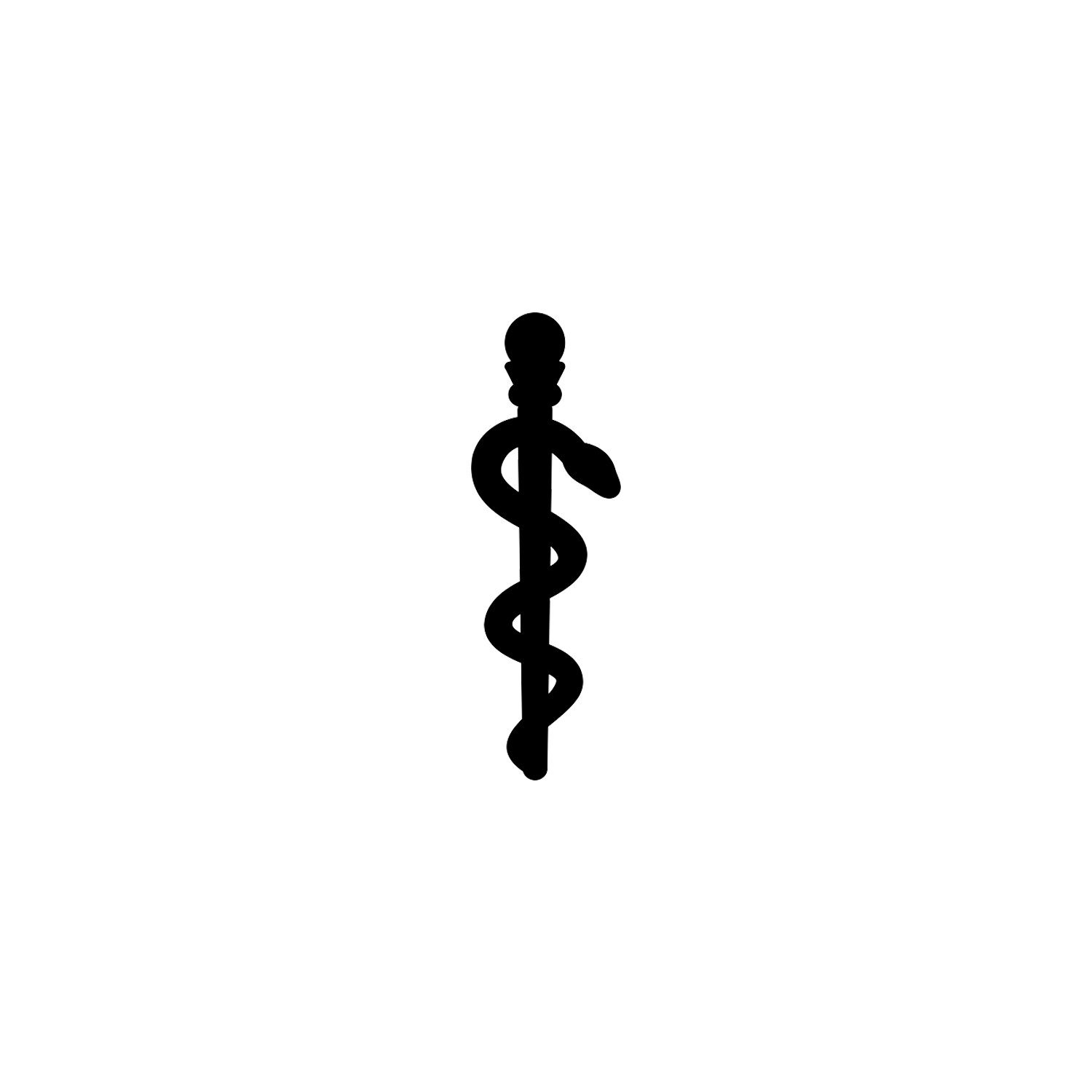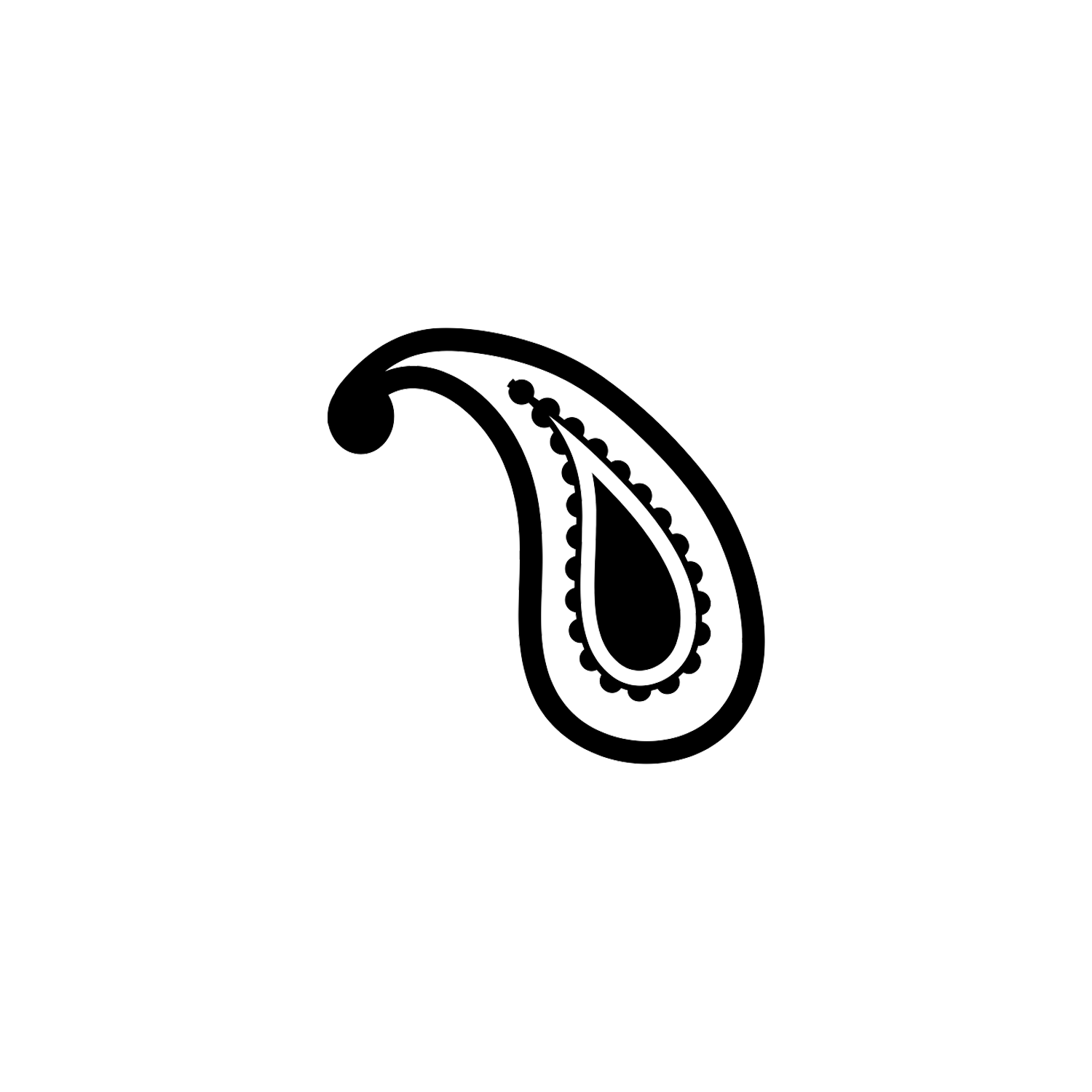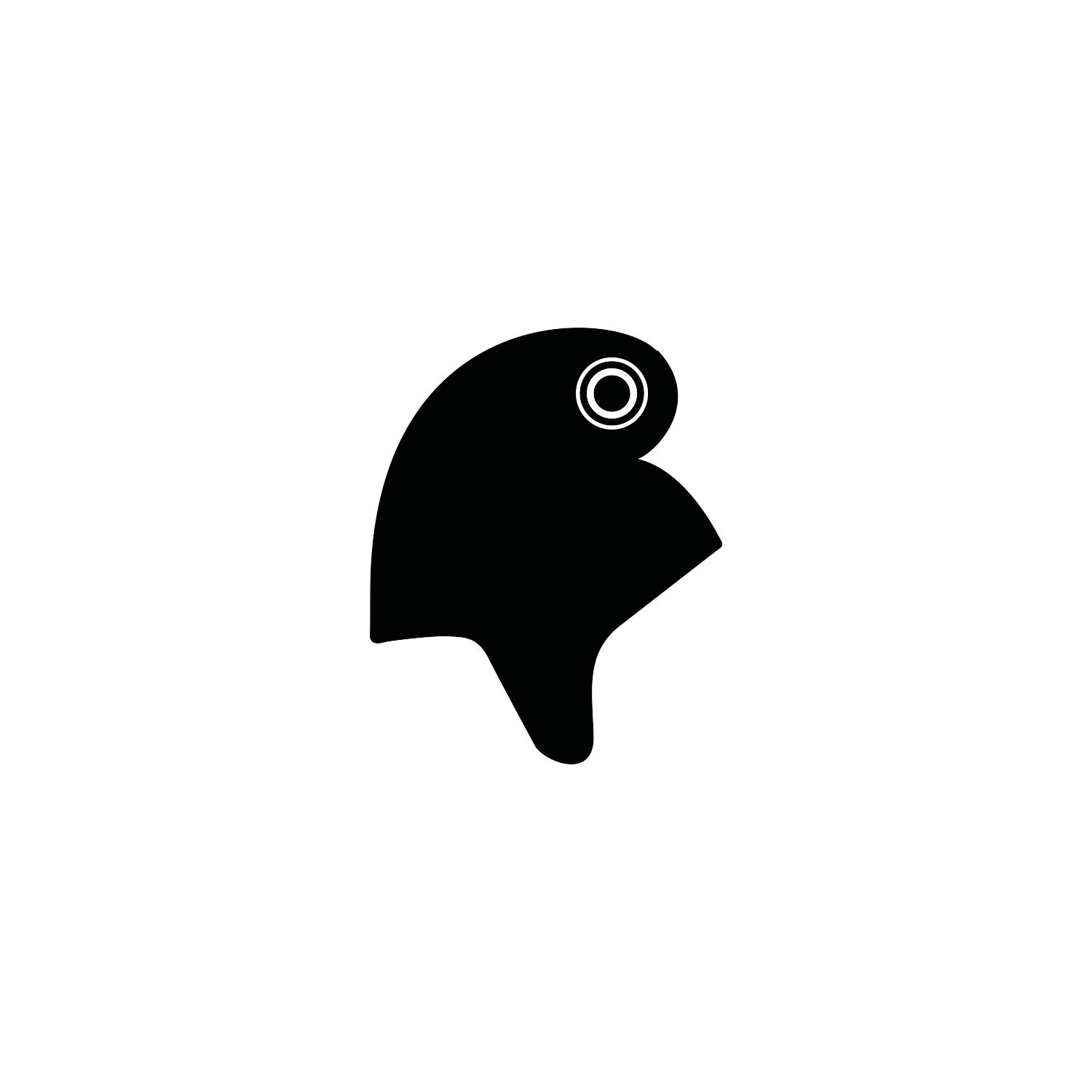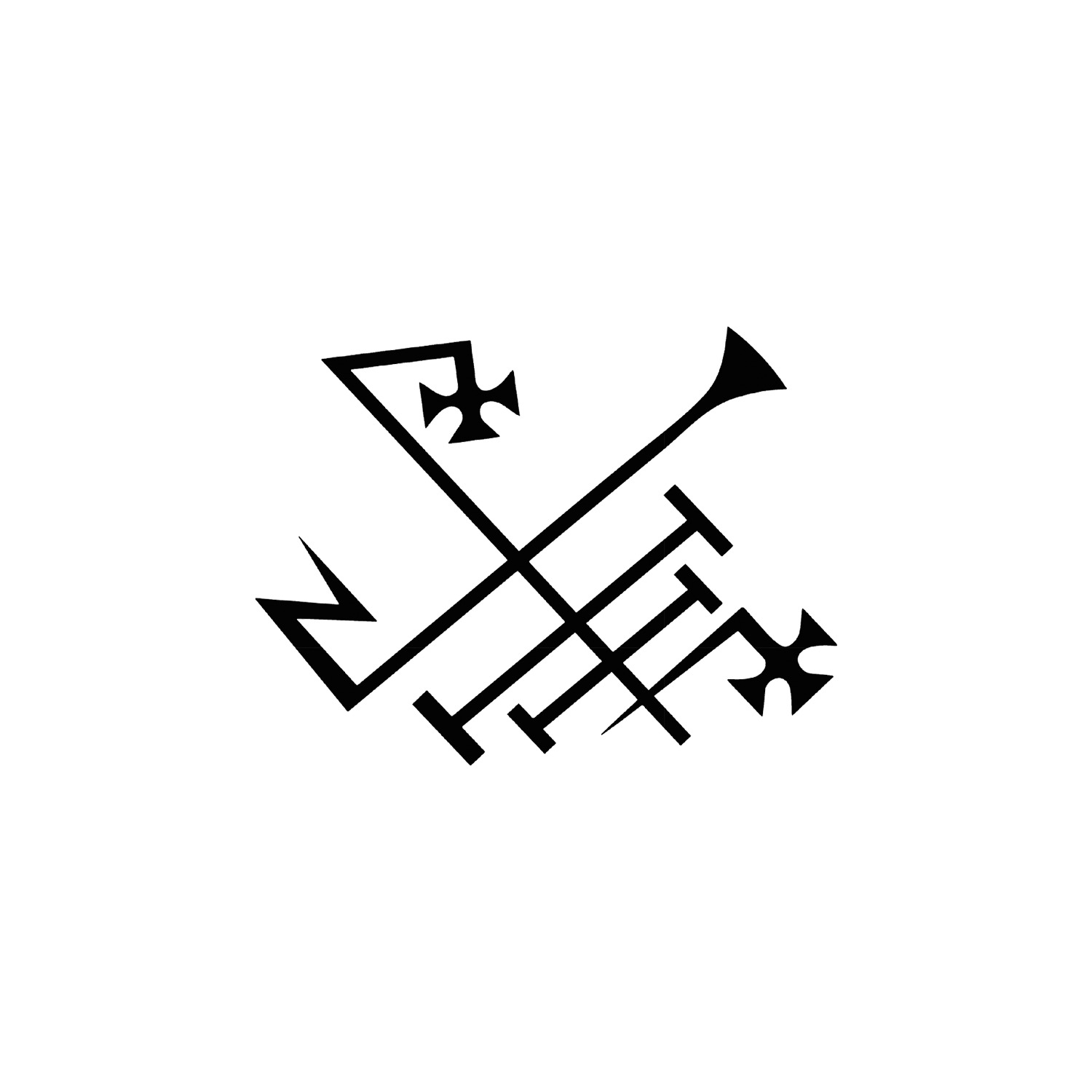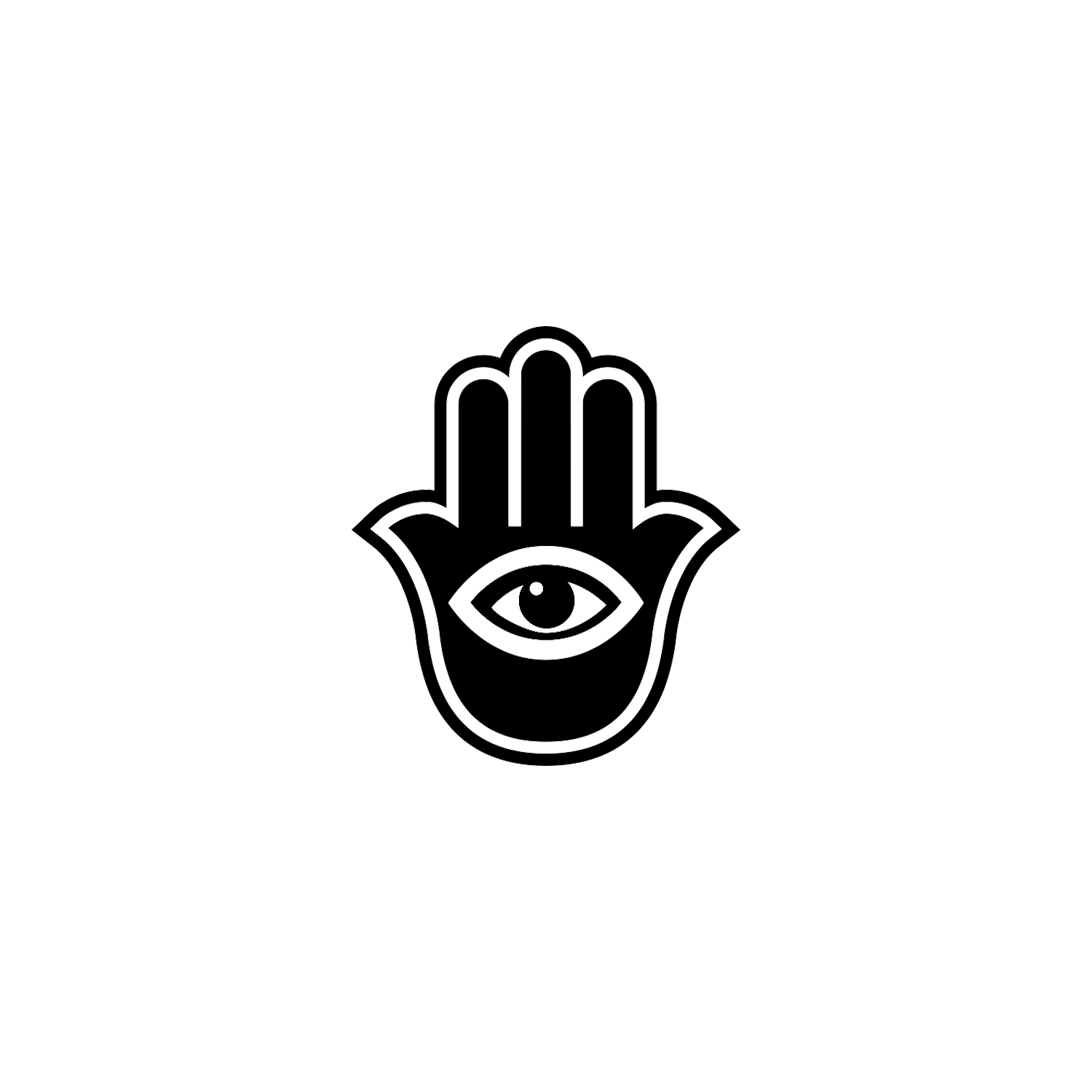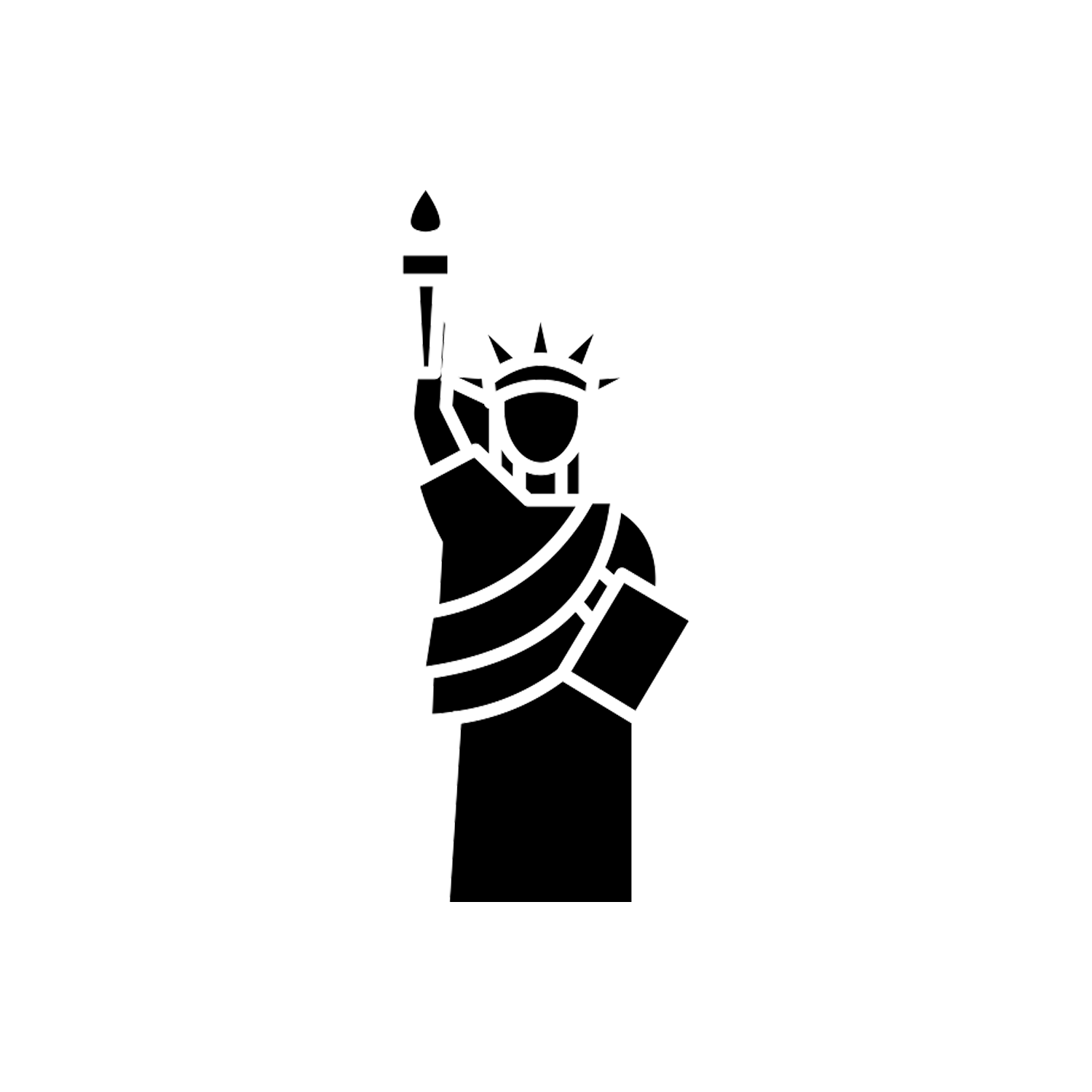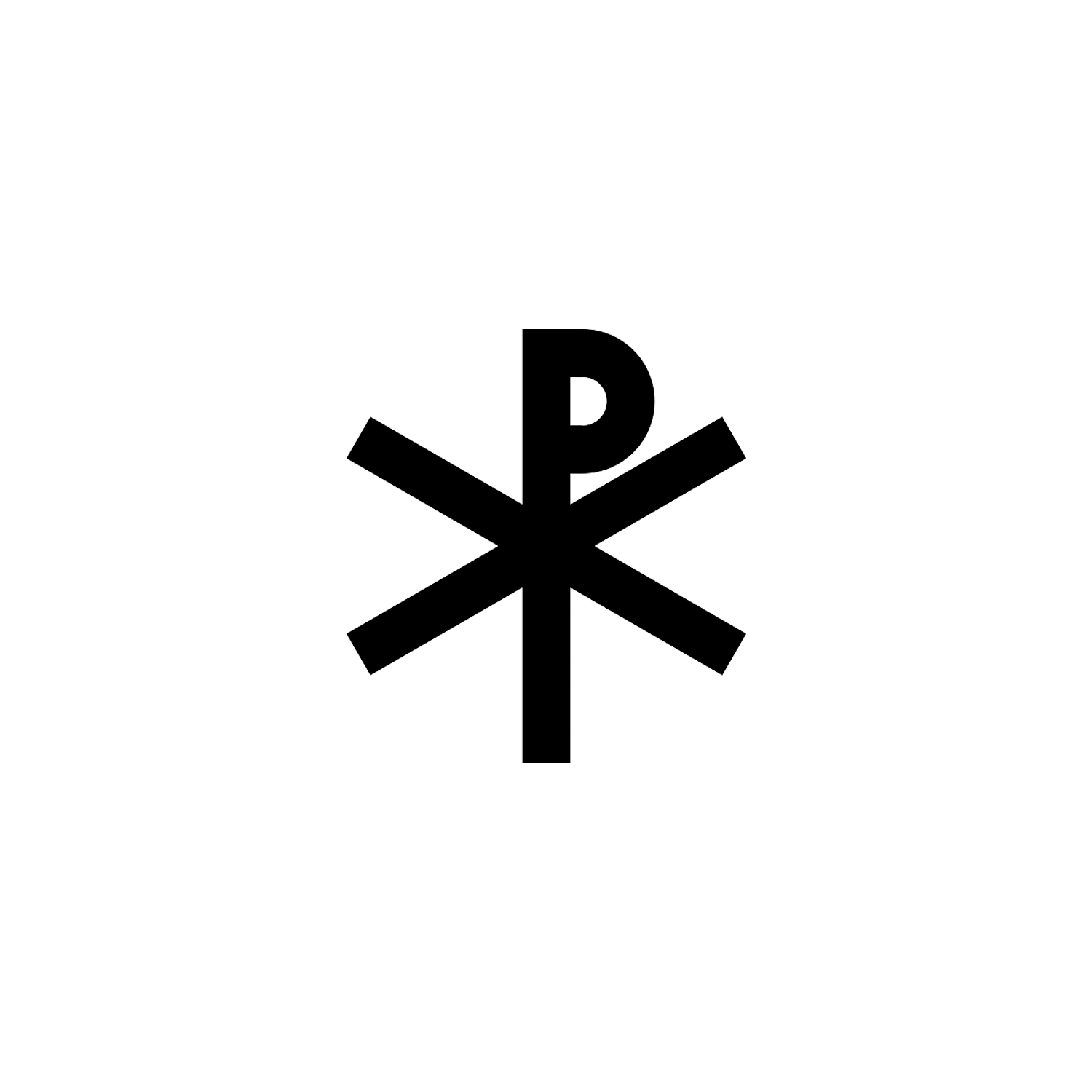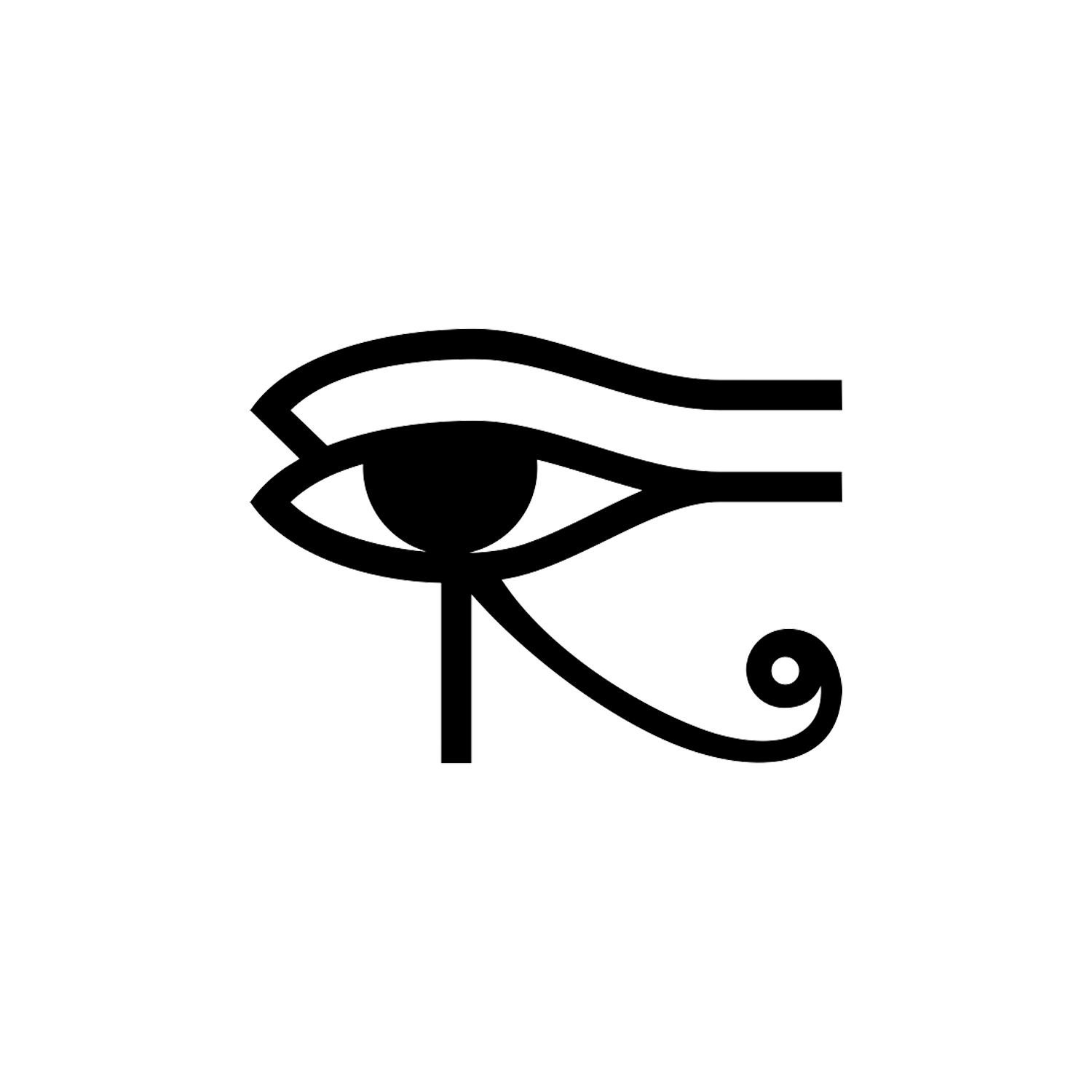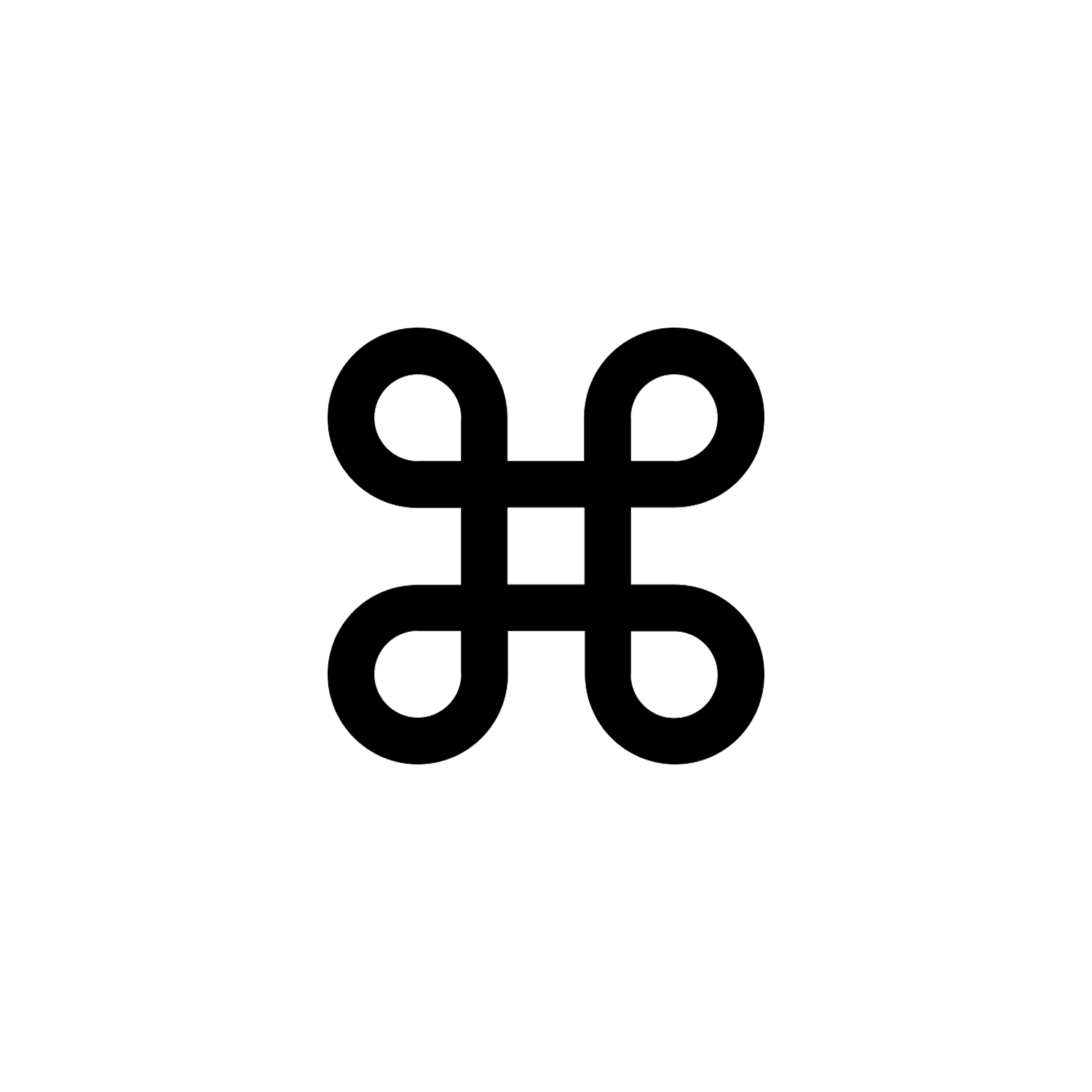Bluetooth
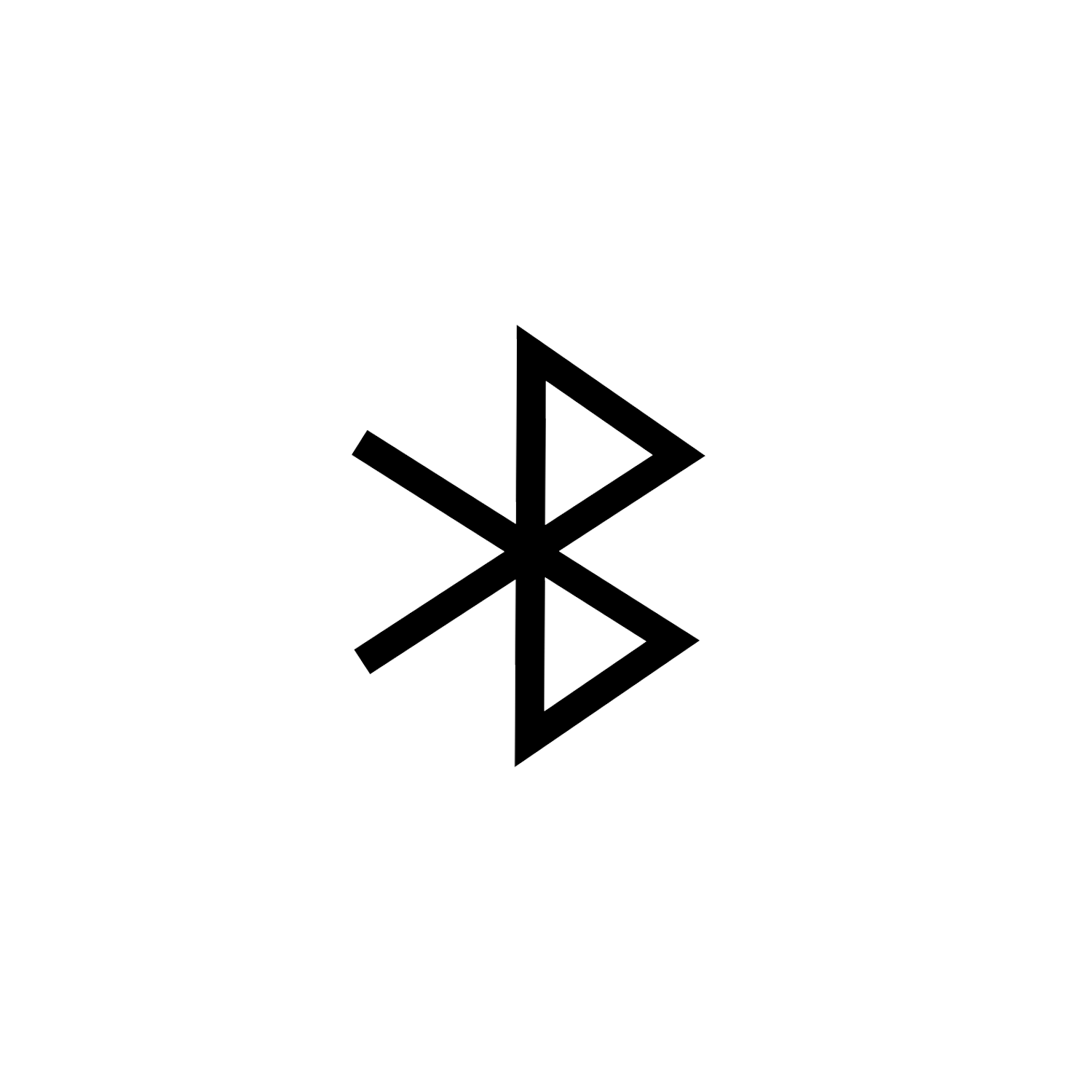

Bluetooth
A runic combination with historic background.
Overview
Like most of the countless logos we set eyes on every single day, we’ve hardly stopped to ruminate on the design of the one for a wireless technology standard used daily. Two decades on from its deployment, the internet is just discovering the fascinating story behind Bluetooth’s name and logo.
Origin and Meaning
In 1996, Jim Kardach, an Intel engineer, worked on the development of a system that would unify phones with computers using wireless communication technology. At this point the proposed names look like Biz-RF, MC-Link or Low Power RF! In other words, names as unoriginal as “Microsoft” compared to “Apple”.
All these names will be rejected by the legal department because of their too generic names. This is where a Danish collaborator from Kardach talks to him about “Harald with blue teeth”, the king who unified Denmark and Norway between 958 and 987.
The name was there, with the promise of unification of electronic devices at the same time. From then on, the logo appeared very quickly by combining Harald Blåtand’s initials: (Hagall) (ᚼ) and (Bjarkan) (ᛒ).

Harald “Bluetooth” Gormsson (Old Norse: Haraldr Blátǫnn Gormsson;[1] Danish: Harald Blåtand Gormsen, died c. 985/86) was a king of Denmark and Norway.
He was the son of King Gorm the Old and of Thyra Dannebod. Harald ruled as king of Denmark from c. 958 – c. 986. Harald introduced Christianity to Denmark and consolidated his rule over most of Jutland and Zealand.
The first documented appearance of Harald’s nickname “Bluetooth” (as blatan; Old Norse *blátǫnn) is in the Chronicon Roskildense (written c. 1140), alongside the alternative nickname Clac Harald.[2]
Clac Harald appears to be a conflation of Harald Bluetooth with the legendary or semi-legendary Harald Klak, son of Halfdan.

The byname is given as Blachtent and explicitly glossed as “bluish or black tooth” (dens lividus vel niger) in a chronicle of the late 12th century, Wilhelmi abbatis regum Danorum genealogia.[3]
The traditional explanation is that Harald must have had a conspicuous bad tooth that appeared “blue” (i.e. “black”, as blár “blue” meant “blue-black”, or “dark-coloured”). Another explanation, proposed by Scocozza (1997), is that he was called “blue thane” (or “dark thane”) in England (with Anglo-Saxon thegn corrupted to tan when the name came back into Old Norse).[4]
Conclusion
The Bluetooth wireless specification design was named after the king in 1997,[5] based on an analogy that the technology would unite devices the way Harald Bluetooth united the tribes of Denmark into a single kingdom.[6][7][8]
The Bluetooth logo consists of a Younger Futhark bind rune for his initials, H (ᚼ) and B (ᛒ).[9]
[1] Fagrskinna ch. 7 (ed. Finnur Jónsson 1902–8, p. 31) af Harallde Gormssyne (dative), ch. 14 (p. 58) við Haralld konong Gorms sun (accusative).
[2] Mortuo patre, [Haraldus] quinquaginta annos regnavit. Hic Christianus extitit cognomine Blatan sive Clac Harald. ed. Langebek (1772) p. 375 Archived 14 April 2023 at the Wayback Machine.
[3] ed. Ludewig, Reliquiæ Manuscriptorum, vol. IX, 591–650: Haraldus, hinc cognomento Blachtent, id est, dens lividus, vel niger
[4] Scocozza, Benito (1997), Politikens bog om danske monarker, København: Politikens Forlag, ISBN 87-567-5772-7
[5] Kardach, Jim (3 May 2008). "Tech History: How Bluetooth got its name". EE Times. Archived from the original on 6 October 2014.
[6] "'So, that's why it's called Bluetooth!' and other surprising tech name origins". PCWorld. Archived from the original on 6 August 2017.
[7] Kardach, Jim (5 March 2008). "Tech History: How Bluetooth got its name". eetimes. Archived from the original on 18 June 2012.
[8] Forsyth, Mark (2011). The Etymologicon. London N79DP: Icon Books Ltd. p. 139.
[9] The story behind how Bluetooth® technology got its name, [1] Archived 28 December 2020 at the Wayback Machine .
Latest Symbols
Monthly Digest
A summary of symbols for the month in a quick read format straight to your inbox.


